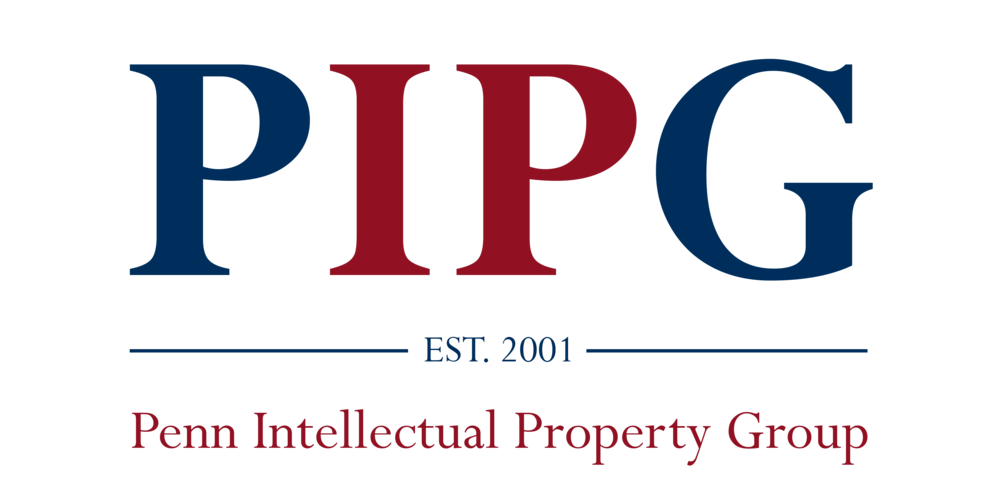By Wesley Newton, JD Candidate L’22
If 2020 was a momentous year for antitrust suits against Big Tech, 2020 also was an eventful year for the relationship between antitrust law and patents. Two circuit court opinions illustrate the diversity of issues involving antitrust law and patents.
Federal Trade Commission v. Qualcomm Incorporated
Qualcomm distinguished merely “hypercompetitive behavior” from unlawfully “anticompetitive behavior.” Defendant Qualcomm owned patents needed for cellular devices and manufactured chips for those devices. Qualcomm’s tactics were aggressive. Qualcomm did not license other chip manufacturers but instead licensed cellular-device manufacturers. Under a “no license, no chips” policy, Qualcomm made cellular-device manufacturers obtain licenses from Qualcomm before Qualcomm would sell them chips. Qualcomm also charged cellular-device manufacturers controversial patent royalty rates. Further, Qualcomm made restrictive agreements with Apple. Qualcomm’s aggressiveness drew criticism from other chip manufacturers and cellular-device manufacturers.
The Federal Trade Commission (FTC) claimed that Qualcomm violated antitrust law under the Sherman Act. The FTC’s suit involved two sections of the Act. Section 1 prohibits agreements that unreasonably restrain trade. Section 2 forbids monopolists from willfully procuring or preserving their monopoly in a manner that causes antitrust harm. The district court granted partial summary judgment and an injunction against Qualcomm.
The Ninth Circuit disagreed. Quoting the Supreme Court case Spectrum Sports, Inc. v. McQuillan, the circuit court noted that “[o]ur job is not to condone or punish Qualcomm for its success, but rather to assess whether the FTC has met its burden under the rule of reason to show that Qualcomm’s practices have crossed the line to ‘conduct which unfairly tends to destroy competition itself.’” First, the circuit court found that Qualcomm did not violate the Sherman Act by only licensing its patents to cellular-device manufacturers, rather than other chip manufacturers. Qualcomm had “no antitrust duty to deal.”
Second, the court found that Qualcomm did not violate the Sherman Act through its “no license, no chips” policy and its royalty rates. These tactics did not anti-competitively surcharge competing chip sources. These tactics were “neutral” between Qualcomm’s and other manufacturers’ chips. “[E]ven if” cellular-device manufacturers suffered, the only “relevant market” for antitrust purposes was the other chip sellers.
Third, the court found that Qualcomm’s agreement with Apple did not violate the Sherman Act. Qualcomm offered incentives contingent on Apple’s use of Qualcomm’s chips, but the deal did not sufficiently harm competition in the relevant chip market.
Federal Trade Commission v. AbbVie Incorporated
AbbVie addressed concerns about patent holders hindering generic drug competitors. Defendants AbbVie* and Besins patented a testosterone treatment. Teva and Perrigo sought to introduce generic treatments for the same. Following procedure, Teva and Perrigo notified the patent holders about their intentions. These notices give the patent holders the opportunity to sue for patent infringement, which could delay the approval of generics.
AbbVie and Besins sued Teva and Perrigo. Teva settled with AbbVie, promising to delay introducing its generic. Simultaneously, AbbVie pledged to license and supply another drug to Teva in exchange for payment.
The FTC alleged that the Teva settlement was an unlawfully anticompetitive reverse payment—because AbbVie paid to have the generic delayed—and that the infringement suits were sham litigations. Under a sham litigation theory, the actors pursuing the litigation must have a monopoly “in the relevant market,” the litigation must be objectively legally baseless, and the litigation must have a subjective motivation to anti-competitively abuse the litigation process. The district court dismissed the reverse payment allegation. However, the FTC prevailed on the sham litigation claim, winning summary judgment on the objective legal baselessness prong and winning at trial on the subjective motivation prong.
The Third Circuit partially reversed the district court’s decision. First, the circuit court allowed the reverse payment claim to proceed. The court noted, among other things, that reverse payments can be non-monetary and that Teva’s “token payment” did not automatically make the agreement lawful.
Second, the court affirmed that “the Perrigo litigation was a sham.” AbbVie and Besins had a monopoly “in the relevant market.” The lawsuit was objectively baseless because the patent application ultimately had disclaimed ownership for the relevant technology. Lastly, there was circumstantial evidence of an anticompetitive subjective motivation.
Third, the court held that the Teva lawsuit was not a sham, because, unlike in the Perrigo suit, the patent application record did not preclude a successful lawsuit against Teva.
What next?
Qualcomm and AbbVie illustrate the dynamic connections between antitrust law and patents. The Supreme Court last significantly explored the antitrust-patent relationship in 2013, in Federal Trade Commission v. Actavis Incorporated. Will the Court revisit this intersection?
*AbbVie had several predecessors. When referring to predecessor(s)’ actions, I speak of “AbbVie,” even though AbbVie was formed after the alleged violations.
I am grateful to Michael Carrier, whose Intellectual Property course discussed the Actavis case and the antitrust implications of patent rights.
